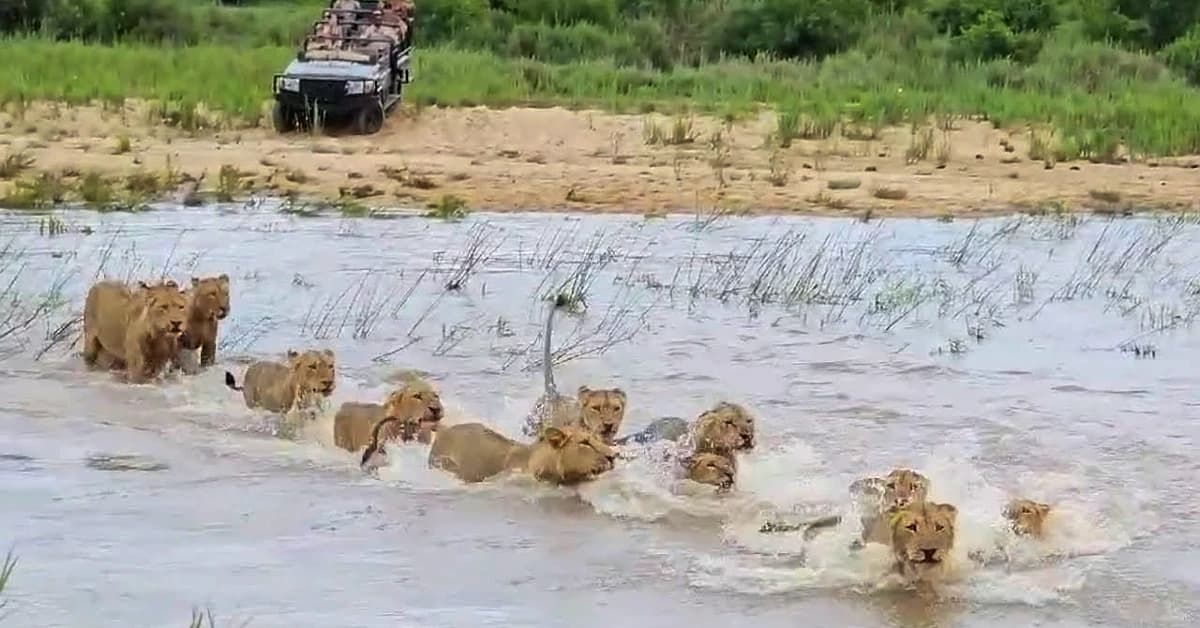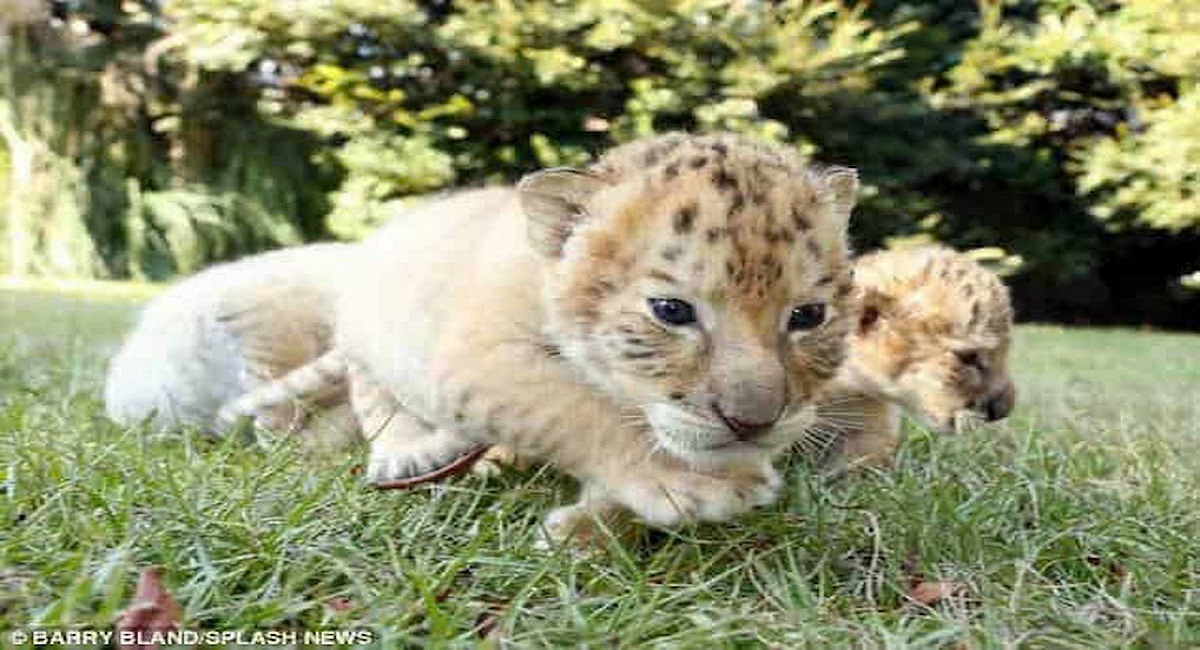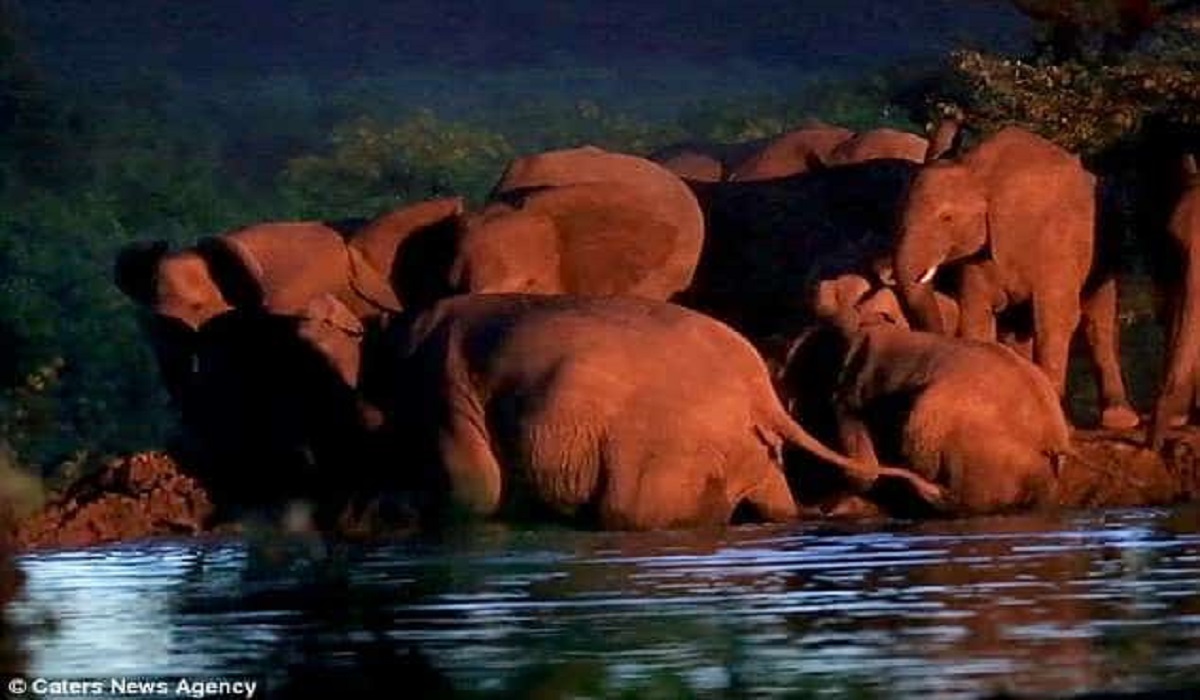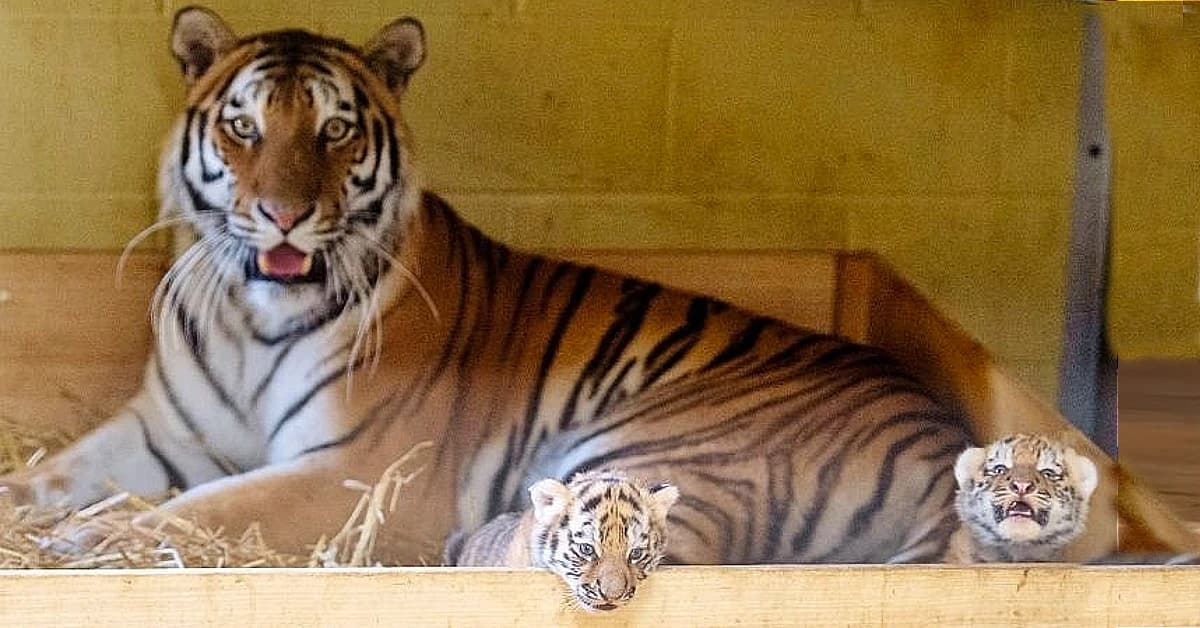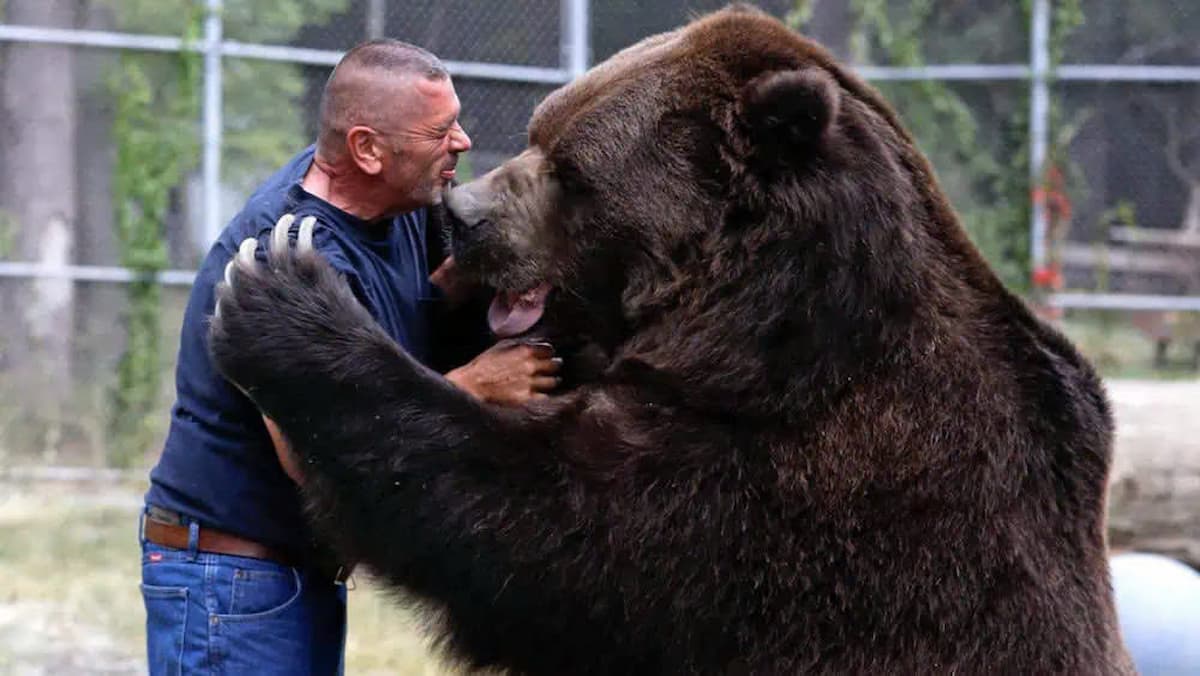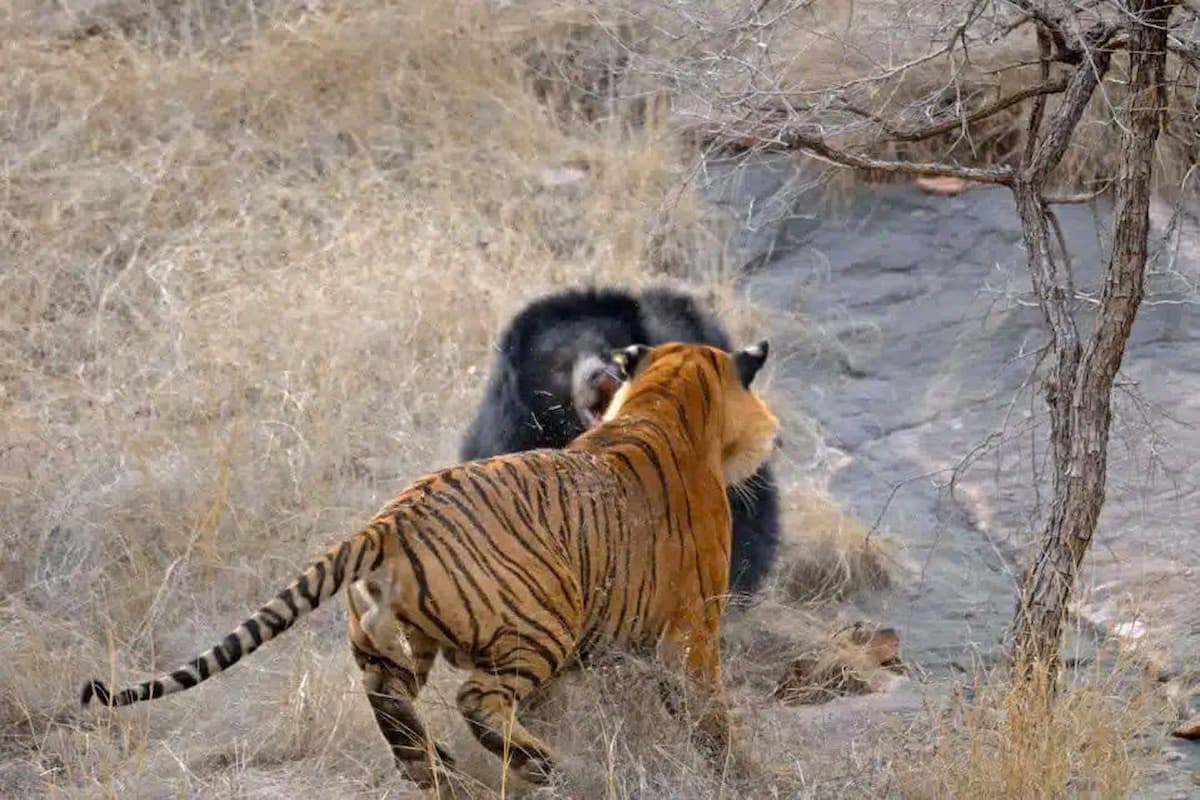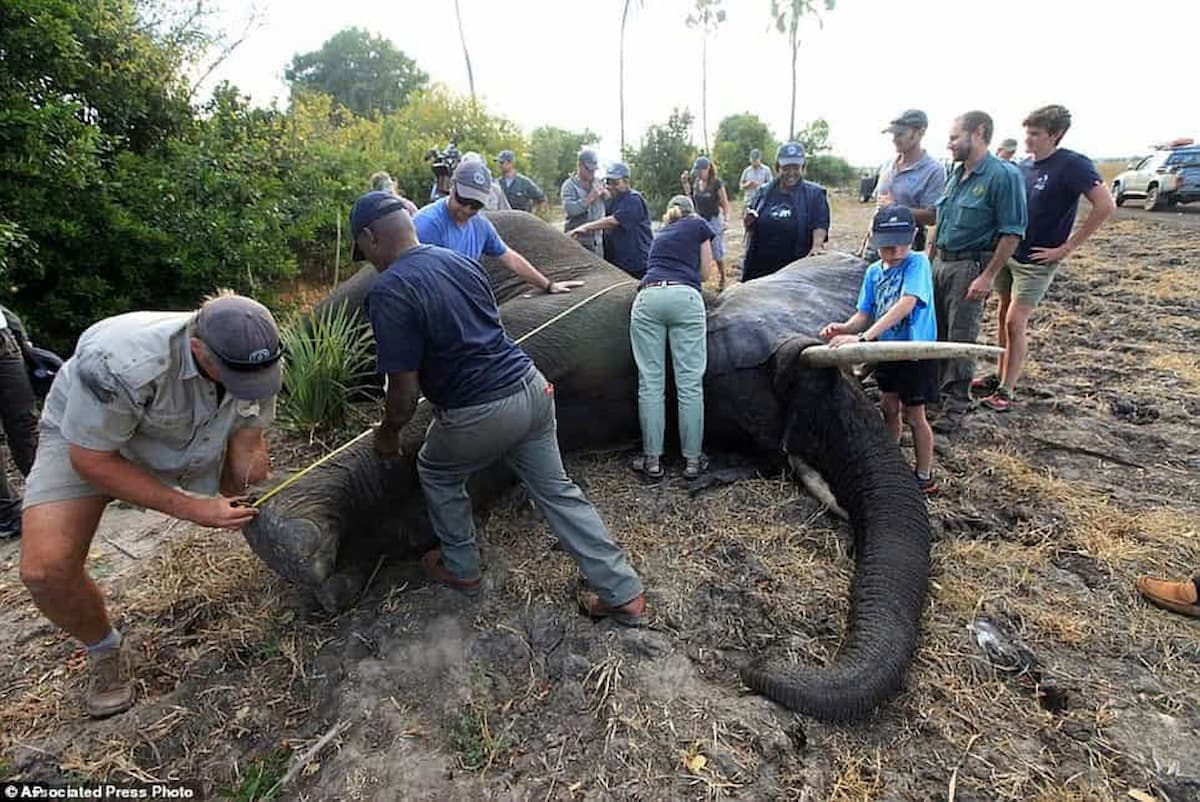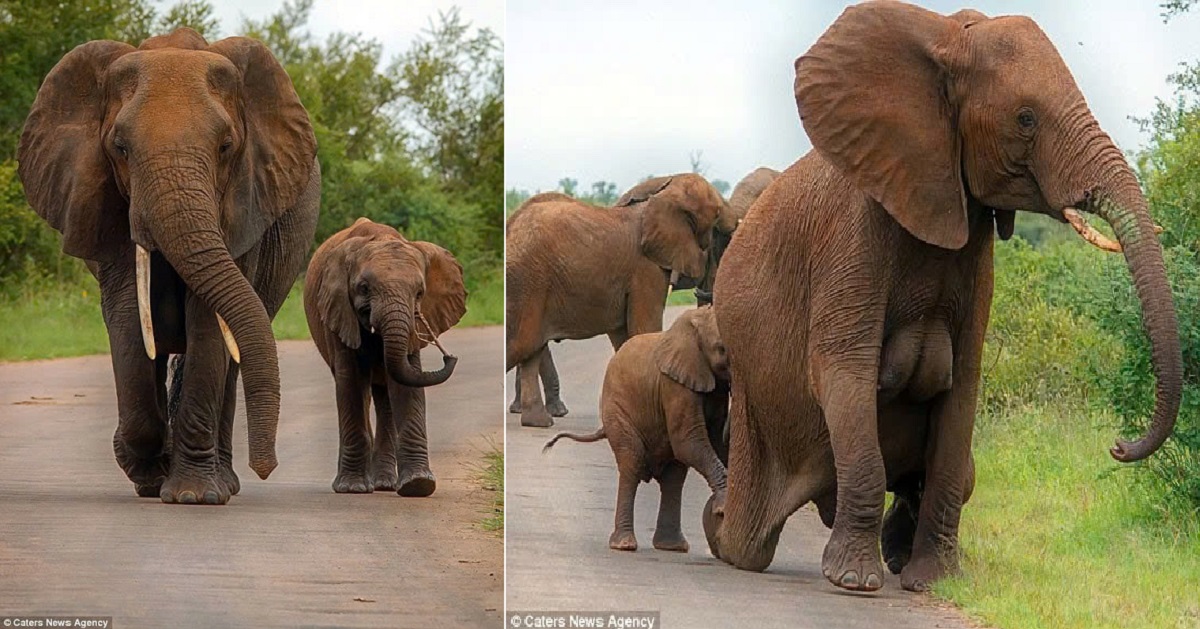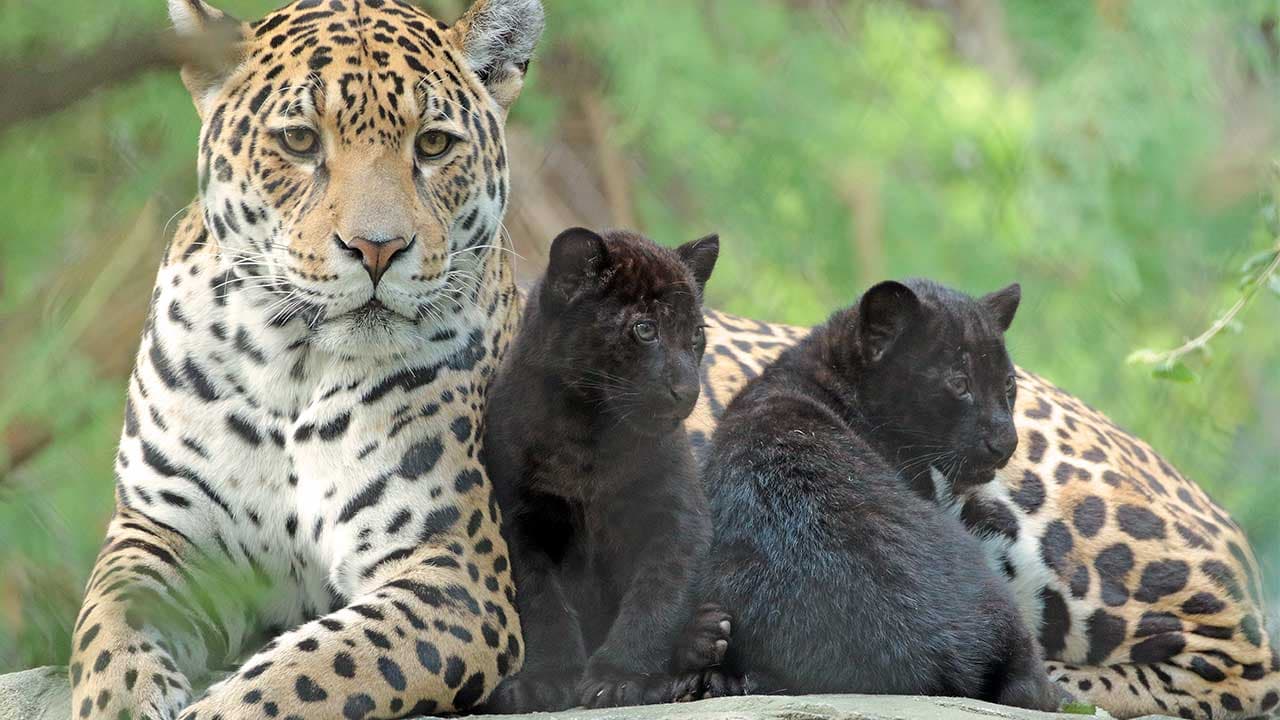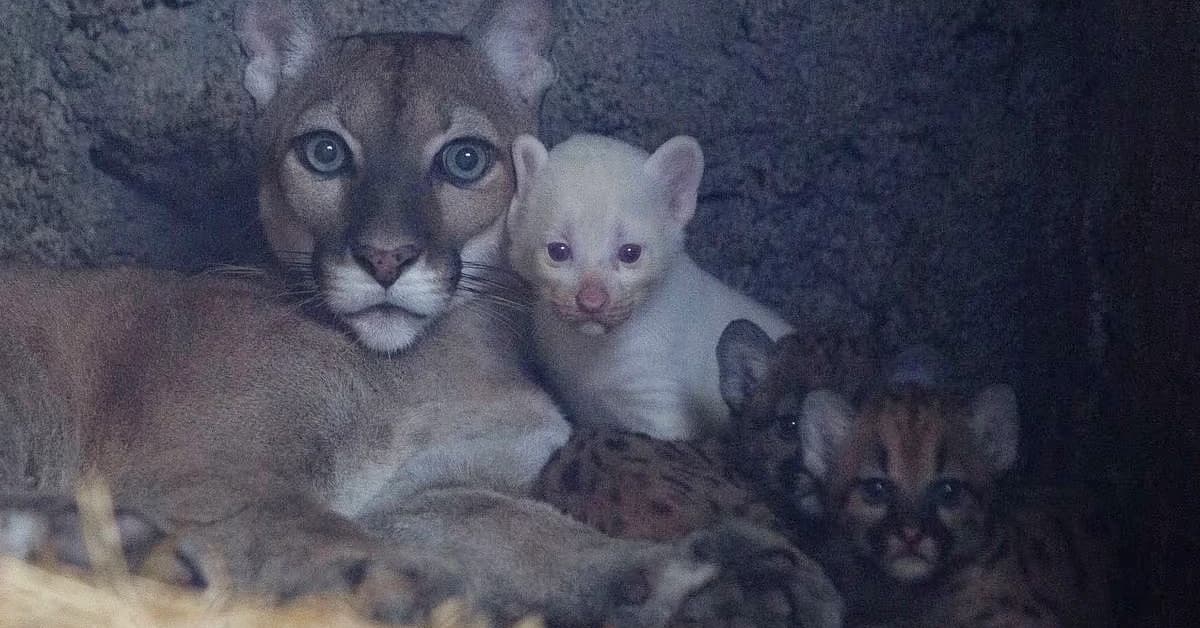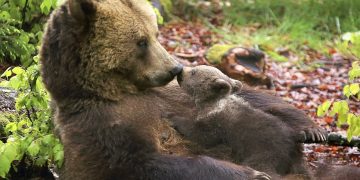They are the tallest animals on Earth, with their long necks and distinctive brown spots appearing in cartoons, children’s books, and on toy shelves.
However, in the African savannas, giraffe populations have sharply declined – to the point that the U.S. government is now moving to add several giraffe subspecies to the official endangered species list. On Wednesday, the U.S. Fish and Wildlife Service announced a proposal to protect giraffes under the Endangered Species Act, marking the first time this species would be protected by law.
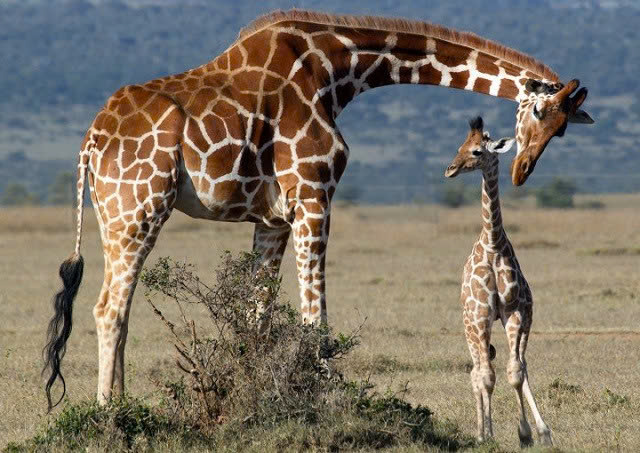
U.S. officials hope this move will help curb giraffe poaching by restricting the import of body parts and products made from them, such as rugs, jewelry, and shoes, which contribute to the species’ decline.
Martha Williams, Director of the Fish and Wildlife Service, stated in a press release, “Federal protections for giraffes will help safeguard this vulnerable species, promote biodiversity, support ecosystem health, combat wildlife trafficking, and encourage sustainable economic activities.”
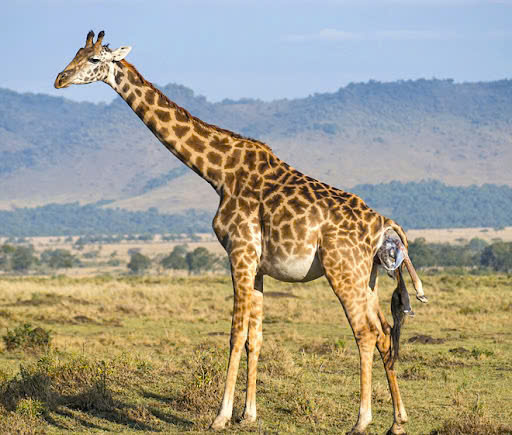
Tanya Sanerib, legal director at the Center for Biological Diversity, praised the decision, saying it “effectively closes off nearly all the trade in giraffe products entering the U.S.” She added, “If you want a giraffe-hide pillow, a giraffe-bone knife handle, or anything else that uses giraffe body parts, that market will shrink dramatically.”
Giraffes, which can grow up to 19 feet tall, have long captivated and puzzled people. Ancient Africans depicted them on massive stone carvings, and Julius Caesar brought one to Rome to show it off, leaving his fellow Romans confused, thinking it was part camel, part leopard. The explorer Zheng He brought one back to China, mesmerizing his emperor.
Even today, giraffes remain an enigma. Researchers are actively debating whether giraffes are one species or multiple. Some scientists believe the evolutionary process has caused their long necks (and tongues) to grow so extraordinary, allowing them to reach leaves, flowers, and fruits beyond the reach of other herbivores. Others argue the long necks evolved for male giraffes to engage in sexual battles with females. One thing is clear: giraffes are in trouble.
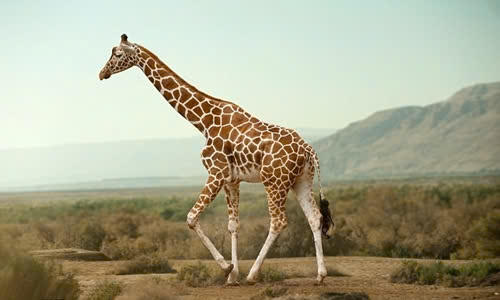
According to the International Union for Conservation of Nature (IUCN), the number of giraffes has dramatically decreased from over 150,000 individuals in 1985 to about 98,000 by 2015. U.S. officials say this decline is the result of habitat loss due to rapid urbanization, drought caused by climate change, and poaching for bushmeat and international trade. Since 2018, the IUCN has listed some giraffe subspecies as critically endangered.
Now, U.S. officials are proposing to declare three northern giraffe subspecies – West African, Kordofan, and Nubian giraffes – as endangered. These populations have dropped by 77% since 1985, from around 26,000 to just 6,000 individuals. These giraffes primarily live in Cameroon, Chad, Niger, and Uganda.
The proposal also suggests listing two East African subspecies – the Masai and Reticulated giraffes – as threatened, a step closer to extinction. According to conservation groups, the U.S. has proven to be a major market for giraffe parts and products, importing nearly 40,000 items over the past decade.
Sanerib explained that being added to the list means countries allowing Americans to hunt giraffes will need to show that hunting is part of a broader conservation strategy for these animals.
She said, “It creates more checks and balances to ensure those programs are truly sustainable and that the exploitation isn’t actually harming the species.”
However, hunting advocates have criticized the decision as counterproductive, arguing that tourism revenue gives countries the economic incentive to maintain healthy wildlife populations.
Safari Club International, a pro-hunting group, stated in a statement, “This decision threatens to harm vital conservation efforts in countries where giraffe populations are increasing by placing unnecessary legal and administrative burdens on individuals, businesses, and governments responsible for giraffe and wildlife conservation.”
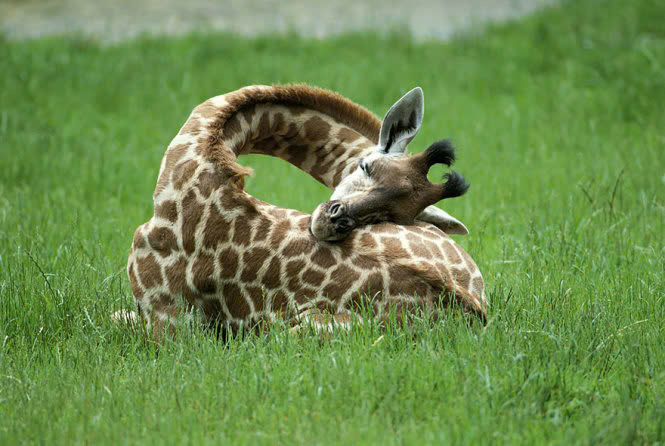
In addition to the trade restrictions, the proposal will open up new funding streams for African countries to conserve giraffes. The Fish and Wildlife Service is accepting feedback on the proposal until February 19 and expects to finalize it within a year.
This decision has been years in the making. The Center for Biological Diversity, the Natural Resources Defense Council, and other environmental groups petitioned the agency to protect giraffes in 2017. After the Fish and Wildlife Service failed to act, environmentalists filed a lawsuit in 2021. A settlement the following year required the agency to decide whether to list certain giraffe species as endangered by this month.
Elly Pepper, NRDC’s senior policy director for forests and wildlife, remarked, “Seven years is far too long to wait to list a species.”
She added, “With a million species at risk of extinction, we need a model that can recognize threats to species much more quickly, or we’ll lose them all.”

